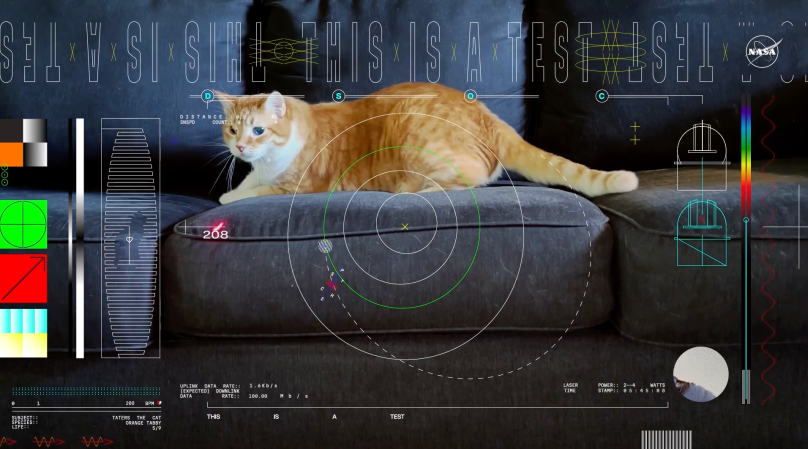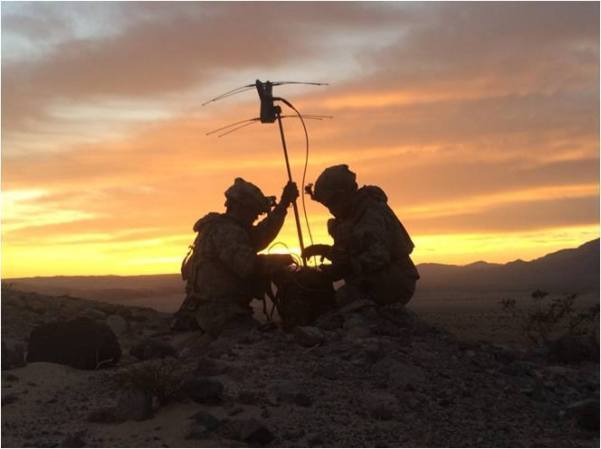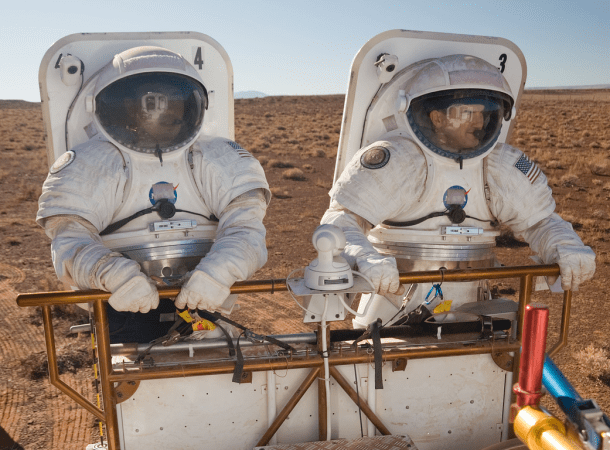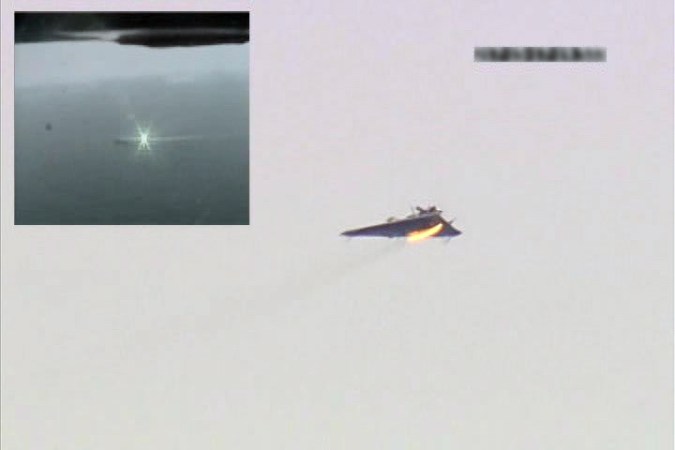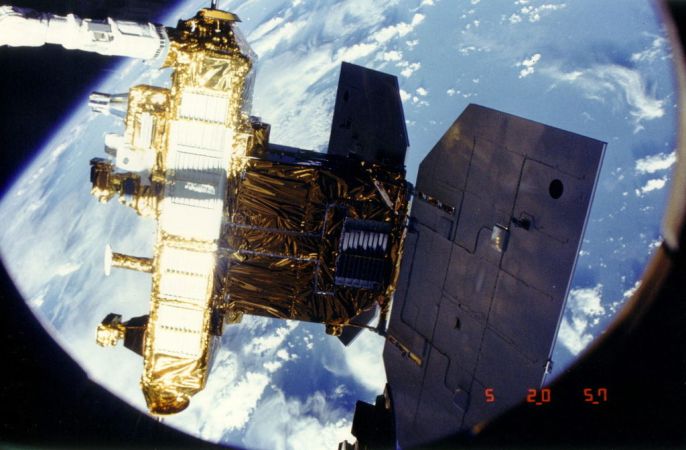There are tens of thousands of chunks of space debris floating around in low earth orbit right now, all of which are the size of a softball or even larger. Earth’s space junkyard is becoming a problem for the global economy and military forces, which is becoming increasingly dependent on its space stuff. Like so many researchers before them, Earth scientists are looking to science fiction to solve this latest future tech problem, and they think they’ve found it. This comes in the form of the “tractor beam,” a “Star Wars” and “Star Trek” (and probably many others) technology that uses focused energy to move things in space.
Iridium 33 was a satellite launched by the Russian Federation in 1997. It was part of a global communications network with bases in Virginia, Arizona, and Italy, allowing comms using handsets. The Iridium system is still in place, but Iridium 33 is no longer with us. In 2009, a defunct Russian military satellite slammed into Iridium 33 at least 17,000 miles per hour.
The collision sent thousands more pieces of space junk across low earth orbit. No other spacecraft has been damaged (yet) by the debris, but the crash was a wake-up call. As technology develops, more and more military and civilian satellites will be in danger of such collisions.
Aerospace engineers at Colorado University are developing ways to remove space junk so they won’t harm other satellites. They have begun looking into the feasibility of Star “Treknology” like tractor beams to do the job. Called “electron beams” (for now), the scientists envision a large dump truck-like craft that would collect space garbage like your weekly garbage pickups.

The researchers say they’re using attractive or electrostatic force, the same force that makes your clothes stick together in the dryer. It’s similar to Star Trek’s tractor beams, but not nearly as powerful.
From their campus in Colorado, professors and doctoral students have created a stainless steel canister that is actually a vacuum chamber made to replicate the space above the Earth. Called the Electrostatic Charging Laboratory for Interactions between Plasma and Spacecraft (ECLIPS), it reproduces the mix of free electrons, plasma, and thin gas of low earth orbit.
With ECLIPS, they can even recreate the actions of small shards of metal and how they interact in the environment that Earthlings depend on for much of their global communications systems, which is a geosynchronous orbit, considerably higher than low-earth orbit. That’s where much of the Earth’s most important technology hangs out these days.
Room in geosynchronous orbit is running out, like affordable housing in major cities. Scientists believe there are only around 180 safe spaces for companies to park satellites, many of which have already been claimed. But like an elderly person who died in their rent-controlled apartment, defunct satellites are taking up those spaces.
The Colorado scientists plan to use their electrostatic “tractor beam” to safely move them out of the way for new satellites to take up that prime real estate. The science is complex, but the idea is pretty basic. A spacecraft would approach a dead satellite, sap it with the electron beam, giving it a negative charge. The ship would then positively charge, attracting the space junk to itself.
Right now, it would take their “electrostatic tug” a few months to pull a large object 200 miles in space, but that’s better than nothing and far better than trying to move them physically, which could have enormous repercussions, such as creating a cascade of space collisions.



